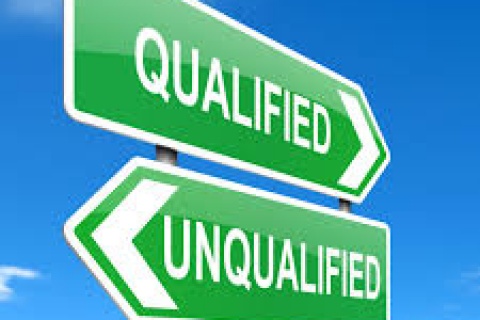Are you using qualified appraisals?
It is estimated that only approximately 25% of collectors insure their fine art or other specialty property. Why are the other 75% choosing not to? Some feel that these items are one of a kind, or very difficult to replace and as such, difficult to value. Numerous other insured’s assume their homeowner’s policy will cover them in the event of a claim from theft, fire, flood or other peril, while others have collected over many years and don’t see their collection as having significant value. Lastly, they were never asked about anything other than jewelry.
In many cases, the typical homeowner’s policy does not have enough content insurance to cover both normal home contents and a large collection. Inland Marine policies or scheduled personal property riders can make up for this deficit as well as provide “all risk” coverage. These policies typically can cover just about any type of personal property; however, the insured will typically have to provide an inventory and either purchase receipts or an appraisal to value the items. As with other important papers, it is advisable to keep a copy of the inventory and valuation off site in case of an incident.
Often times the lack of knowledge about the items being insured lead the insurance company to approve incomplete and or erroneous appraisals. The acceptance of these appraisals can lead to serious errors by the actuary, risk and claims departments. To prevent this, an appraisal by a qualified appraiser should be obtained. Qualified appraisers are credentialed and adhere to the strict standards of their credentialing association as well as The Appraisal Foundation’s, Appraisal Qualification Board. A qualified appraisal will include information needed to identify the item, validate ownership, document condition, authenticate (if necessary) and value the property. Because of the extensive marketing by the diamond industry, most everyone knows that among other identifiers, color, cut, clarity and carat weight must be included in a diamond appraisal. What should be included for fine art, clocks, memorabilia, equine, cars or wine? A qualified appraiser experienced in appraising the subject property will know and include the appropriate information in their appraisal report. The appraiser will also be knowledgeable in appraisal methodology and well versed in the current market trends in order to provide correct values. Qualified appraisers can also assist by providing appraisal reviews and with obtaining restoration estimates, salvage values, reproduction cost, market value and diminished value.
More on appraiser qualification standards can be found on the websites of:
International Society of Appraisers
American Society of Appraisers
Appraisers Association of America
Cris Drugan, ISA, MIPAV-OS is the Principal of Emerald Art Services, LLC and has been a member of the International Society of Appraisers since 1999 and an in 2013 was accepted as an Overseas Member of the Institute of Professional Auctioneers and Valuers in Ireland. Cris has been a General Manager, Art Restoration Consultant and Technical Director for a national art restoration company as well as a property and fine art claims adjuster for over 18 years. Cris holds a Bachelor of Science degree in Criminal Justice from Kent State University and is currently pursuing his Masters of Art, in Art History. In addition, Cris is USPAP trained and has attended numerous disaster recovery, restoration, fine art and wine workshops, classes, forums and symposiums.

